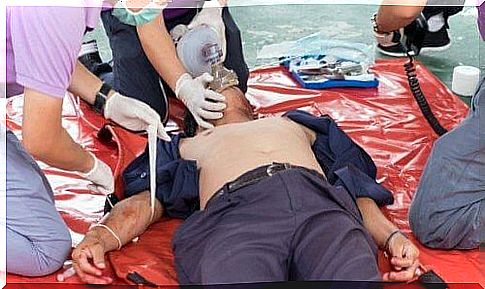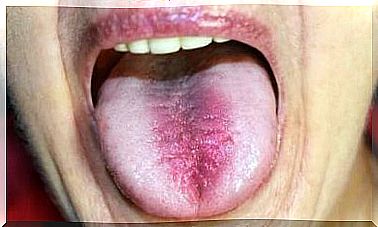Intracardiac Injection: What Is It And When Is It Required?

Intracardiac injection is a drug delivery method reserved exclusively for emergencies. An emergency is any situation that places a person in potential or imminent risk of death. In these cases, drugs can be administered intravascularly.
In this mode, the drug passes directly into the blood and acts immediately.
The typical situation of intracardiac injection is cardiac arrest. In fact, it is very effective because it skips the drug absorption phase, i.e. the inoculated substance acts directly. The intermediate period of absorption is avoided, so that 100% of the administered dose is used.
As there is no latency period in drug absorption, there is no variability between patients of the same age and size. In this way it is possible to calculate the exact amount of drug to be introduced quickly and precisely. It is very useful in those situations in which the patient is unconscious and there are difficulties in receiving useful information by interacting with the rescued person.
How is intracardiac injection performed?

First of all, you need to prepare a sterile needle at least 10 cm long. It doesn’t have to be smaller because it has to reach the heart directly.
Once the needle is available, the syringe is filled with the dose to be administered. Thereafter, the patient’s intercostal spaces are palpated to locate them distinctly.
The intercostal space is the region between one rib and the other. They are usually easy to locate, but if the patient is obese this stage becomes complicated because it is much more difficult to separate them clearly.
When the fourth left intercostal space is identified, that is, the region between the fourth and fifth ribs, the line that joins it to the sternum on the left edge is followed. This is the most approximate location for locating the heart.
Finally, the syringe is introduced into the delimited space and the drug is released. Despite the technical difficulties, the drug reaches the myocardium and allows to restore cardiac activity in case of impending cardiac arrest.
What drugs are used for intracardiac injection?

The most used drug is adrenaline. Usually 0.1% adrenaline is used because it is the right concentration to achieve the desired goal without having serious side effects. It is important to remember that all drugs administered intracardiacly exert their action immediately, so a higher dose could be lethal.
Epinephrine is also known as epinephrine and is one of the most potent activators of the sympathetic nervous system. The heart changes its rate of contraction based on the regulatory signals that are sent to it by this system. It can therefore be said that by modifying the sympathetic nervous system, we can also modify the electrical activity of the heart.
Several studies have shown that intracardiac injection of epinephrine up to 5 minutes after cardiac arrest improves the chances of survival. Although not in all cases it is effective. This is because the time factor is decisive. The survival rate is therefore directly proportional to the precocity of administration.
When is the right time to use this technique?

Intracardiac injection is not recommended during heart massage. It is recommended to perform cardiopulmonary resuscitation techniques and separately perform the intracardiac injection so that the drugs can fully access the heart muscle. This reduces cardiac ischemia.
Ischemia is the process in which cells begin to die because the blood does not reach them to feed them. This process is present in many heart diseases, but occurs mainly in myocardial infarction.
When a person is in cardiac arrest, the heart stops pumping blood to the rest of the body and the process of ischemia begins. It is the time when intracardiac injection must be performed to reverse the process and restore blood supply and contractile function.
Finally, we must not forget that this technique can only be practiced by medical professionals who have experience in situations of vital urgency.









